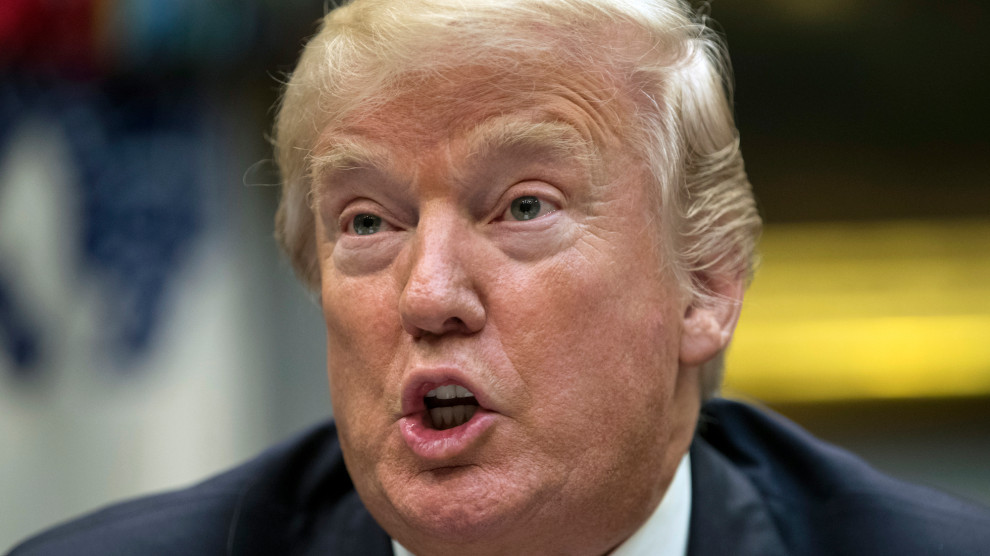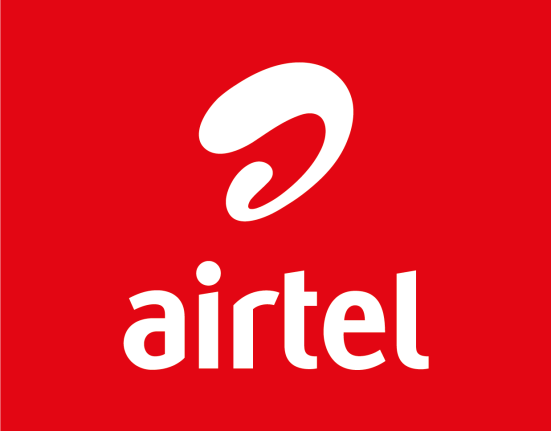In a sweeping policy shift that could redefine the future of skilled migration into the United States, President Donald Trump has signed a new proclamation introducing a significant increase in the application fee for the H-1B visa category. The directive, which mandates a $100,000 non-refundable fee per application, marks a major departure from existing U.S. immigration practices and has sent ripples through both the global tech industry and corporate America.
The H-1B visa, widely used by U.S.-based companies to hire highly skilled foreign workers — particularly in technology, engineering, and healthcare — has long been a pillar of the American innovation economy. However, with the introduction of this hefty fee, analysts say the program may become less accessible to small and mid-sized firms while posing financial and strategic hurdles even for larger corporations.
According to data from the U.S.
Citizenship and Immigration Services (USCIS) H-1B Employer Data Hub, several multinational firms have consistently ranked among the top sponsors of H-1B visa beneficiaries from Fiscal Year 2009 through the third quarter of FY2025. These companies, many of which operate major offshore outsourcing models, have collectively filed hundreds of thousands of petitions over the years, often to support software development, IT consulting, and advanced research roles in the U.S.
While the official list of the top ten H-1B sponsors includes both American and foreign-headquartered firms, industry watchers believe the new financial requirement could force a strategic reassessment of hiring pipelines, project outsourcing, and labor mobility across borders. The policy is also expected to impact international students on OPT (Optional Practical Training) who often transition into H-1B status after graduation.
Critics of the move argue that the steep fee may deter global talent and disrupt the competitiveness of the U.S. labor market, especially in STEM fields where domestic supply remains insufficient. Supporters of the policy, on the other hand, say it aligns with the Trump administration’s broader “America First” approach, aiming to reduce reliance on foreign labor and protect American jobs.
As stakeholders await further guidelines on the implementation timeline and possible legal challenges, immigration attorneys and HR executives across tech corridors from Silicon Valley to Bangalore are bracing for what could become a defining shift in international workforce dynamics.
For now, all eyes remain on how companies will adapt to the new regulatory climate, and whether the policy will stand the test of public and judicial scrutiny in the months ahead.






